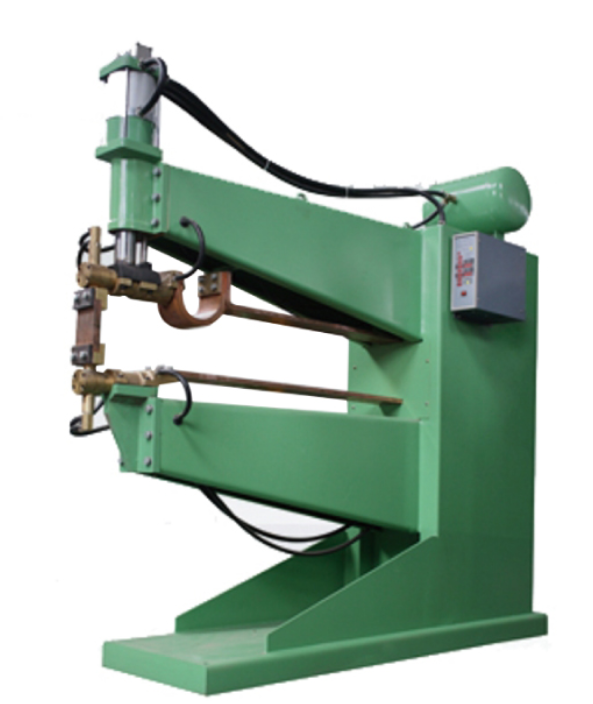
Single Spot Welder For Mesh
(Total 2 Products)-
Min. Order:1Automatic Mesh Row Welding Machine: Initiating a new paradigm of automated row welding of mesh sheetsIn the mesh manufacturing industry, the consistency of row weld points and production efficiency are the core indicators for measuring equipment...
-
Min. Order:1Single-Spot Welding Machine for Wire Mesh: Precisely controlling the quality core of single-point welding of wire meshIn the refined production of wire mesh products, the accuracy of single-point welding directly affects the structural stability and...
A single - spot welder for mesh is a specialized welding device used to join metal meshes. It plays a crucial role in various industries, such as construction, automotive, and wire mesh manufacturing.
Working Principle
The single - spot welder for mesh operates based on the principle of resistance welding. When an electric current passes through two electrodes, resistance heat is generated at the contact part of the mesh wires. This heat causes the local melting of the metal, forming a weld spot. As there is no need to add extra solder or protective gas, it not only reduces production costs but also complies with the trend of green manufacturing.
Structure and Components
It is mainly composed of a welding transformer, electrode arms, a lever system, a grading switch, and a cooling system. The welding transformer is responsible for providing the necessary welding current. The electrode arms are used to clamp the mesh, and the lever system helps to apply the appropriate pressure. The grading switch can adjust the welding parameters, and the cooling system is used to prevent the equipment from over - heating.
Types
According to the power supply category, it can be divided into power - frequency, capacitor - energy - storage, secondary - rectification, and DC - shock - wave types. According to the electrode type, there are single - head, double - head, and three - head types. In terms of structural form, it can be classified as fixed, suspended, and portable types. And according to the pressure transmission mode, there are lever - spring type, electric - cam type, pneumatic type, and hydraulic type.
Advantages
First, it has high efficiency. It can quickly complete the welding of a single point, which is much faster than manual welding, greatly improving the production efficiency. Second, the welding quality is stable. Due to the precise control of current, pressure, and time, it can ensure the consistency of each weld spot, reducing the occurrence of welding defects. Third, it is highly adaptable. The advanced control system can adjust parameters according to different material thicknesses and welding requirements, suitable for the production of various specifications of mesh products. Fourth, some portable single - spot welders are easy to move, which is convenient for on - site welding operations.
Applications
It is widely used in the production of steel mesh, iron wire mesh, and guardrail mesh. In the construction industry, it is used to weld steel bar meshes for building floors, walls, etc. In the automotive industry, it can be used for welding some metal mesh components in vehicles. In addition, it also has applications in the manufacturing of wire mesh products for household appliances and furniture.
Development Trend
With the development of intelligent manufacturing, single - spot welders for mesh are also moving towards intelligence. Some new - type equipment has a fault self - diagnosis function, which can monitor the welding status in real - time and optimize process parameters through data collection and analysis, further improving equipment operation efficiency and product qualification rate.

Single Spot Welder For Mesh
A single spot welder for mesh is a specialized machine designed to create precise, high - strength welds at intersections of wire mesh, grids, or lattices. This equipment is critical in industries such as construction (reinforcing mesh), agriculture (fencing), and manufacturing (filtration screens), where uniform and reliable welds are essential for structural integrity.

